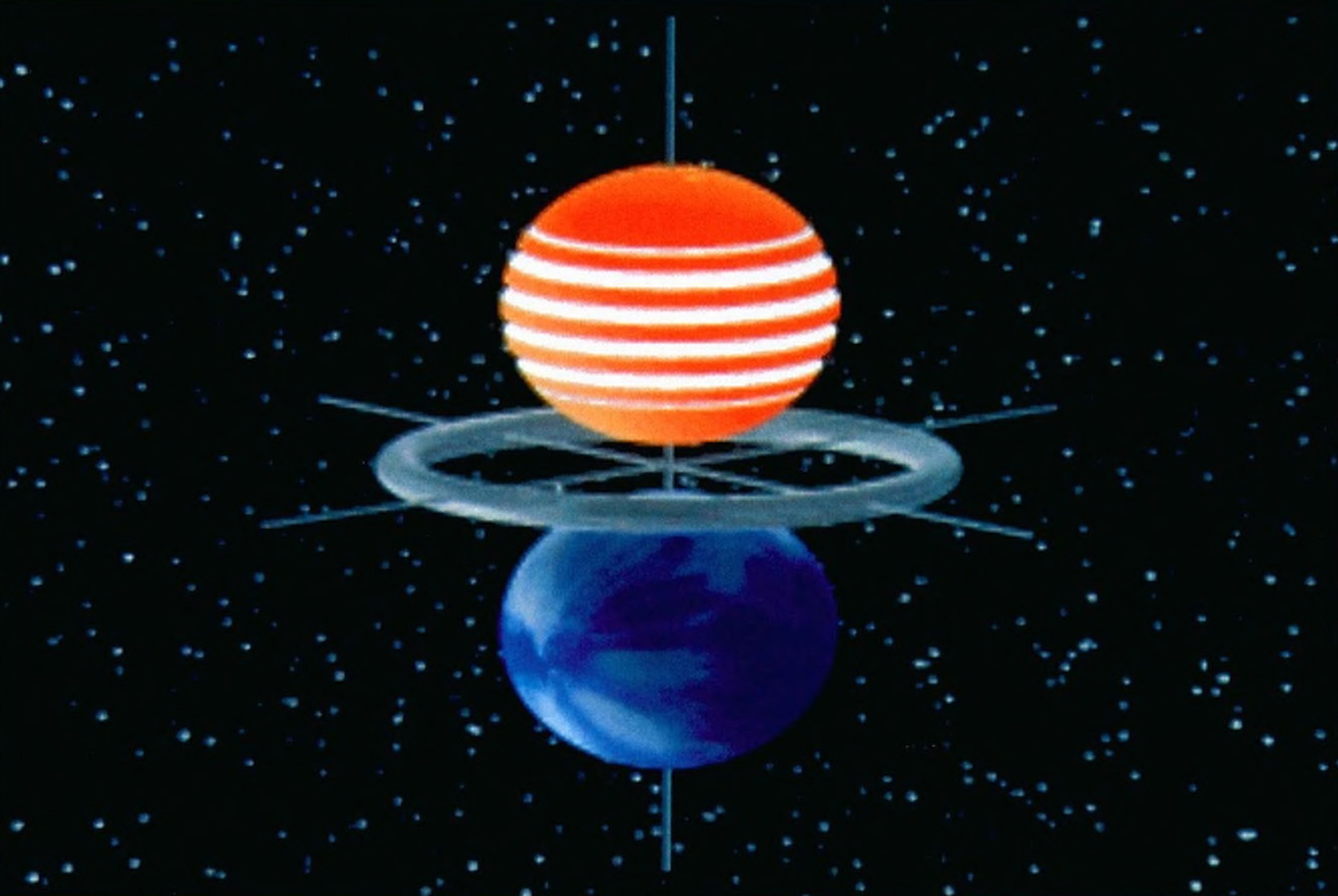“uniVRsum VRASP: The Virtual Reality Alliance of Students and Professionals” by Burton
Conference:
- SIGGRAPH 1994
-
More from SIGGRAPH 1994:


Type(s):
Entry Number: 15
Title:
- uniVRsum VRASP: The Virtual Reality Alliance of Students and Professionals
Program Title:
- The Edge
Presenter(s):
Collaborator(s):
- Harry Anbarlian
- Anton Aneson
- Karin August
- Bob Beeson
- Bill Burton
- Michael Frenchman
- Joseph Gonzalez
- Justin Jones
- Jannifer Jones
- Jon Keck
- Don Koch
- Chris Kwasnicki
- Matthew Lederman
- Betsy Meehan
- Paul Munn
- David Schwartz
- Henry Schroy
- Leland Slater
- Don Slepian
- Michael Storch
- Tracy Lee Sullivan
- Terren Suydam
- Orion Suydam
- John Szatmary
- Kurt Wendt
- Elliot Werner
- Olivia Whiteman
- Anthony Yemelyanov
Project Affiliation:
- Virtual Reality Alliance of Students and Professionals (VRASP)
Description:
- To provide a focused and structured hands-on learning experience for VRASPians.
- To devise as entertaining and comprehensive a showcase of VR products in one experience as possible.
- To build industry standards that will allow disparate toolkits to interoperate.
uniVRsum evolved from a VRASP chat on 25 January 1994, when the contributors considered resurrecting and improving several of their existing demo/prototype projects, including the “Best of All Possible Worlds Contest,” the “Literary Gallery” (a demo shown at Meckler in 1993), and “PIX-Interactive” (an electronic version of their internationally distributed magazine). Individually, these creative exercises honed members’ programming and design skills. Combined, the projects represent VRASP’s contribution to virtual reality in the past year.
Interestingly, the programming challenge of uniting the projects revealed a few of the virtual reality industry’s shortcomings. The project team longed for a uniform data format and a standard protocol. Communication issues and interfaces between people and machines, between applications, and from toolkit to toolkit were addressed. Solutions would be shared with the entire industry and, ideally, would empower both the user and designer of technology. Because VRASP is nonpartisan, it not only provides a neutral, non-commercial ground for artistic creativity, but it also believes that uniVRsum’s success could provide an ecumenical influence on the shape of today’s DOS-based VR technology.
Since a major impediment to mass appeal and understanding of VR arises from lack of accessibility, uniVRsum has three primary goals:
Initially, the device to accomplish these goals is a prototype buffer application program interface that provides smooth transitions between worlds created with different VR toolkits. By resolving such obstacles as communications protocols, VRASP hopes to facilitate human interaction in VR and encourage world builders to allocate more resources and energy to improved design and content.
uniVRsum mirrors the complexity and challenges of real life. Participants with imagination and intuition are given an electronic and peripheral framework in which to exploit the exhibit to its fullest on their own. For those requiring more guidance, a panic button summons a travel agent. Unique or repetitive experiences incorporating multi-sensory techniques are used to train the participant, while other, purely artistic elements exist only for their appreciation. Portals to worlds span the range of passive to active participation. One of uniVRsum’s design emphases is fostering immersion; an informal survey quantifies the public’s perceptions of the weakest and strongest elements of experience processing.
One could argue that the obstacle of the inflexible interface won’t be solved until there is computerless computing – freedom from the restraints of monitor, keyboard, and workstation. But within the limitations of low-end PC technology VRASP weights the quality of the experience toward the explorer rather than the couch potato. Learning depends heavily on interactivity and instinct, as well as on constant awareness of the few senses that our platform supports.
Technical Details
The following toolkits are used as subjects or renderers in uniVRsum: Lepton, REND386 (and subsequent versions), VirtusVR, VistaPro, VREAM, VR Studio, VRT, and WorldToolKit. AutoDesk’s AnimatorPro and 3D Studio and Paradox also have roles in uniVRsum.
A baseline virtual world launches other worlds or animations. The broadest possible spectrum of visualization possibilities is incorporated, to emphasize the importance of freedom of choice in toolkit selection. Programming goals for the project include: creation and description of a hierarchy that defines flexibility, i.e. compatibility of worlds; optimization of common denominators of data transfer in and between worlds; promotion of formats and protocols that give greater accessibility but do not hinder vendors’ current software development; and customized “hooks” to upgrade toolkits whether they use libraries or scripting languages.
Networked computer systems support uniVRsum’s long-term goal: a shared environment for multiple participants. An introduction to the concepts of distributed interactive simulation will prepare designers and users for the ultimate expression of experience processing and data visualization. However, the majority of experiences will be single-user.
As virtual reality is the melting pot of many supporting technologies and can be applied to as many diverse applications, uniVRsum hopes to unify the most inspiring and informative elements in a representative whole. As a project and as an experience, uniVRsum promotes the growth of virtual reality technology and content by fostering accessibility for everyone.
The virtual world traveler wants flexibility, freedom of choice, easy transition between worlds, and manipulation and transfer of objects. Surely, this will all come to pass. Hopefully, uniVRsum will hasten the process. As it evolves, uniVRsum will serve as a clearing house of information, ideas, and worlds. In effect, it will be a multimedia expression of what the Virtual Reality Alliance of Students and Professionals strives to accomplish as an organization.




